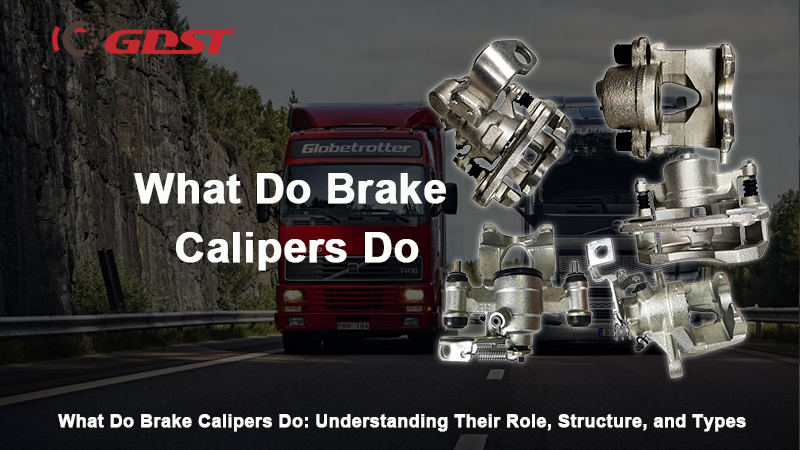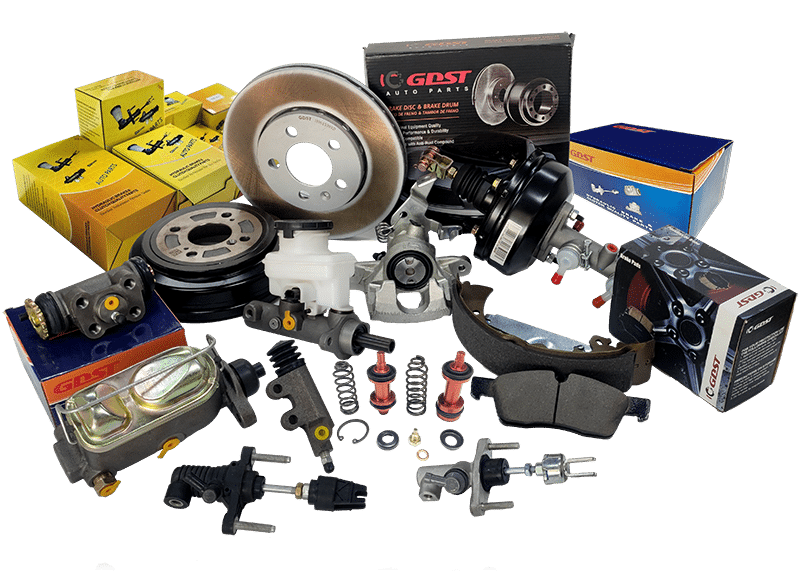Many drivers can describe what brake pads do, but very few can explain the job of the brake caliper. Yet this component is the heart of the braking system. For brake service providers and automotive professionals, understanding the function of brake calipers is the foundation of clear communication and expert-level service. When you can explain how calipers work and why they matter, you help customers feel safer and more confident in every repair.
Brake calipers are crucial parts of a car’s braking system. They use hydraulic pressure to press the brake pads against the rotors, creating friction that slows and stops the wheels. Without calipers, the pressure from your brake pedal would never reach the wheels, making safe driving impossible.
So, what exactly happens inside a brake caliper, and how does it turn a simple pedal press into a powerful stopping force?
Main Components of Brake Calipers
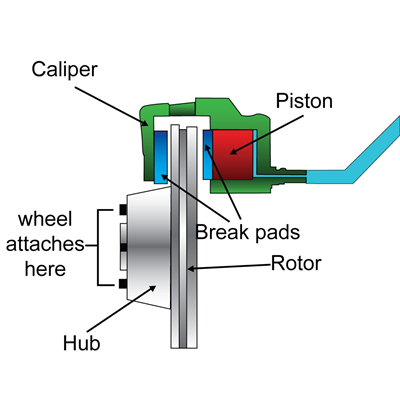
Although brake calipers may vary slightly in design from one car to another, most share the same primary components. Here’s an easy way to picture what’s inside:
- Caliper housing: Think of it as the tough outer body that keeps all the parts together. It’s made from hard metal, often aluminum or cast iron, so it doesn’t bend or crack under heat.
- Piston: A small, round part that moves when brake fluid pushes against it. It’s what presses the pads toward the rotor to slow the car down.
- Brake pads: These are the flat pieces that rub against the rotor to create the friction needed to stop the wheels.
- Seals and boots: Tiny rubber pieces that keep the fluid from leaking out and stop dust or water from getting in.
- Slide pins: Located on floating calipers, these allow the caliper to move slightly from side to side, ensuring both pads press evenly against the rotor.
All these parts work together in a tight space to turn your pedal pressure into smooth, steady stopping power — every single time you hit the brakes.
What Do Brake Calipers Do on a Car

Brake calipers are the muscle of your car’s braking system. Their job is simple to describe but powerful in action — they create the clamping force that brings your vehicle to a stop. Let’s break down what they actually do in a few key steps.
Turning Hydraulic Pressure into Clamping Force
When you step on the brake pedal, it starts a chain reaction. Inside the system, brake fluid moves out from the master cylinder and flows through thin metal lines to each wheel. When that pressure reaches the caliper, it wakes the pistons inside. The pistons press the brake pads toward the rotor — the round metal disc that spins with the wheel. It’s a bit like gently squeezing a spinning bicycle wheel with your fingers — the more pressure you apply, the more grip you get, and the faster everything slows down.
In simple terms, the caliper turns hydraulic “pressure” into physical “clamping force.” It’s the part that actually applies the stopping power you feel through the pedal.
Holding and Guiding the Brake Pads
A caliper isn’t just there to squeeze — it’s also the home for some of the brake system’s most important parts. Inside the caliper sit the pistons, brake pads, and rubber seals that keep everything in place and working smoothly.
The caliper’s job is to hold these parts steady and make sure the brake pads stay perfectly aligned with the rotor. This even contact is what gives you smooth, controlled braking instead of jerky stops. When you let go of the pedal, the pistons pull back slightly, allowing the pads to release and the wheels to spin freely again.
Converting Motion into Heat
Every time you slow down, the caliper and pads create friction against the rotor. That friction turns the car’s motion energy into heat. It’s an invisible but powerful process — the energy that once kept your car moving now becomes heat that’s carried away through the metal parts.
That’s why you might see glowing rotors or even smell burning brakes after a long downhill drive. The caliper has to handle extreme temperatures without warping or fading, which is why materials like aluminum and cast iron are used to keep it strong and cool.
Different Types of Brake Calipers
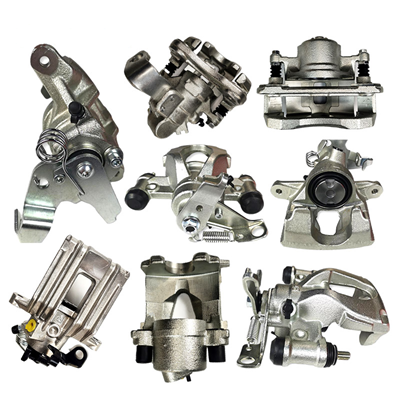
Now that we know what brake calipers do, let’s look at the different kinds you’ll find on cars. Picking the right one makes a big difference in how well the brakes work and how long they last.
Floating (Sliding) Calipers
These are the most common types found in everyday passenger cars. They have a single piston on one side. When pressure is applied, the caliper slides sideways, pulling the opposite pad into contact.
- Pros: Lightweight, affordable, easy to maintain.
- Cons: Can wear unevenly if the slide pins stick.
- Used in: Compact cars, sedans, small SUVs.
Fixed Calipers
These calipers are equipped with pistons on both sides of the rotor. They stay in a fixed position but apply pressure from both directions, giving stronger and more consistent braking.
- Pros: More power, less flex, smoother performance.
- Cons: Heavier, more expensive.
- Used in: Sports cars, performance sedans, and heavy vehicles.
Single vs. Multi-Piston Calipers
Single-piston calipers are simple and reliable, while multi-piston versions distribute pressure more evenly. Four, six, or even eight pistons give smoother braking and better heat control — vital for performance vehicles or towing applications.
Why Choosing the Right Caliper Matters
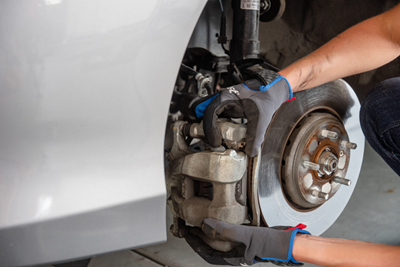
Every vehicle needs a braking system that matches its weight, purpose, and driving conditions. A small hatchback doesn’t need the same calipers as a racing car or a pickup truck.
- Performance: A fixed multi-piston caliper can handle high-speed braking without overheating.
- Durability: Floating calipers are easier to maintain and cheaper to replace.
- Safety: Correctly matched calipers ensure the right balance between braking force and vehicle stability.
When you take the time to explain things clearly, customers feel they can trust you. They understand why quality parts matter and why the cheapest option isn’t always the best choice. In the end, it’s less about selling and more about keeping every driver safe on the road.
Summary
Brake calipers may not get the same attention as engines or tires, but they perform one of the most important jobs in the entire car. They convert hydraulic pressure into mechanical friction — transforming a simple pedal press into powerful, controlled stopping.
By understanding what brake calipers do, knowing their internal structure, and recognizing the differences between types, automotive professionals can give customers advice that’s both accurate and trustworthy. And for every driver on the road, that knowledge translates directly into confidence, safety, and smoother driving every single day.

